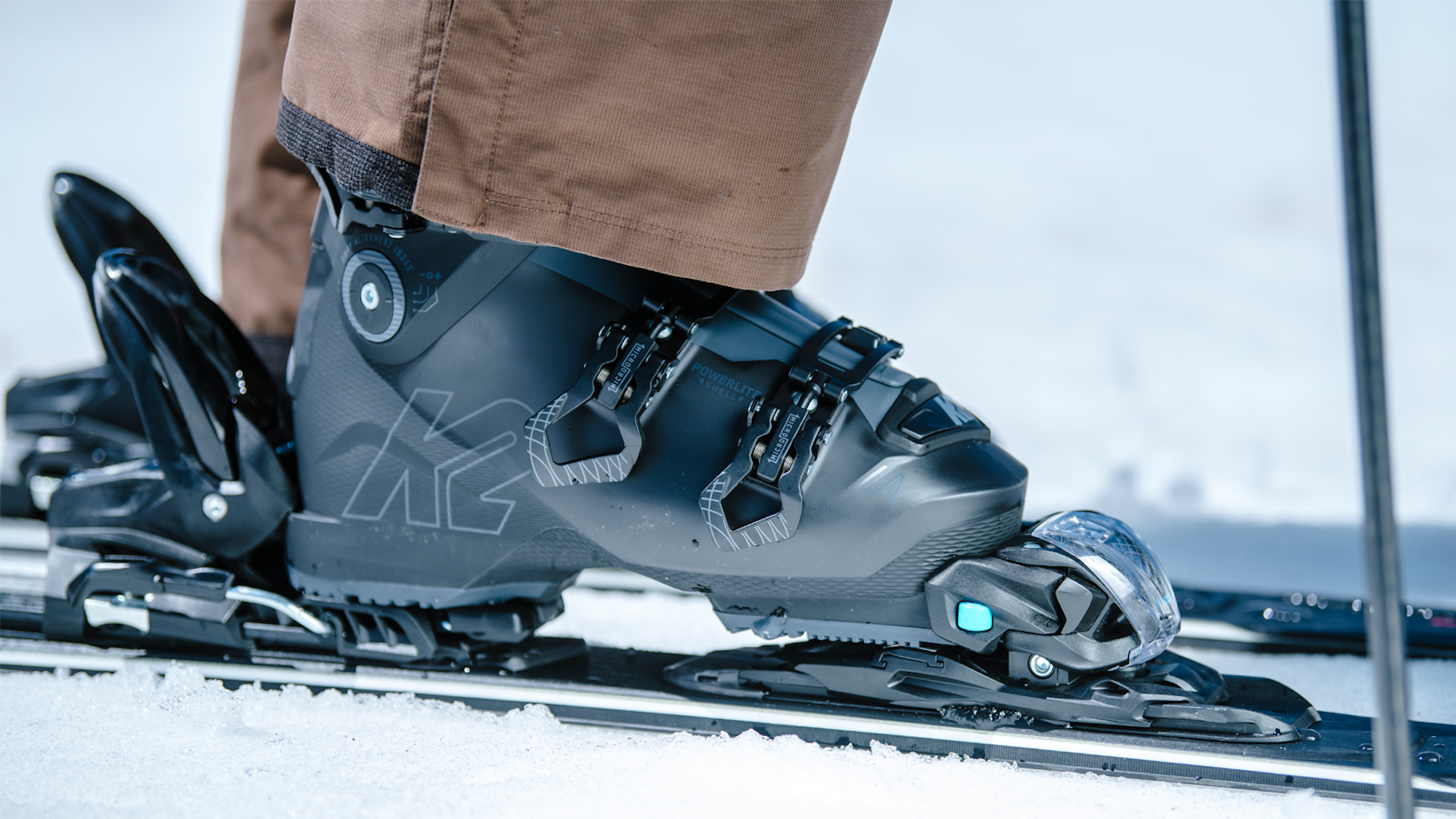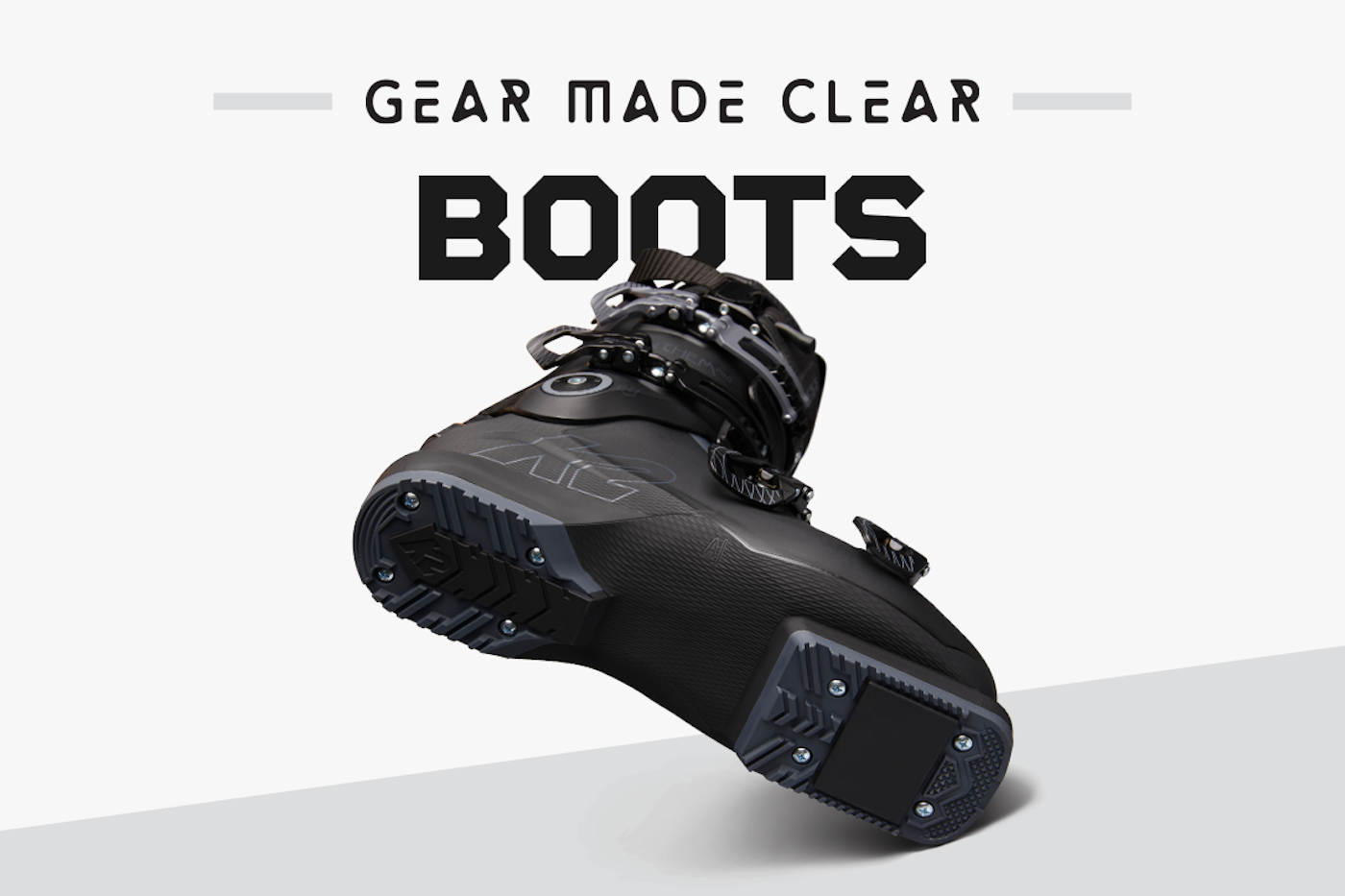
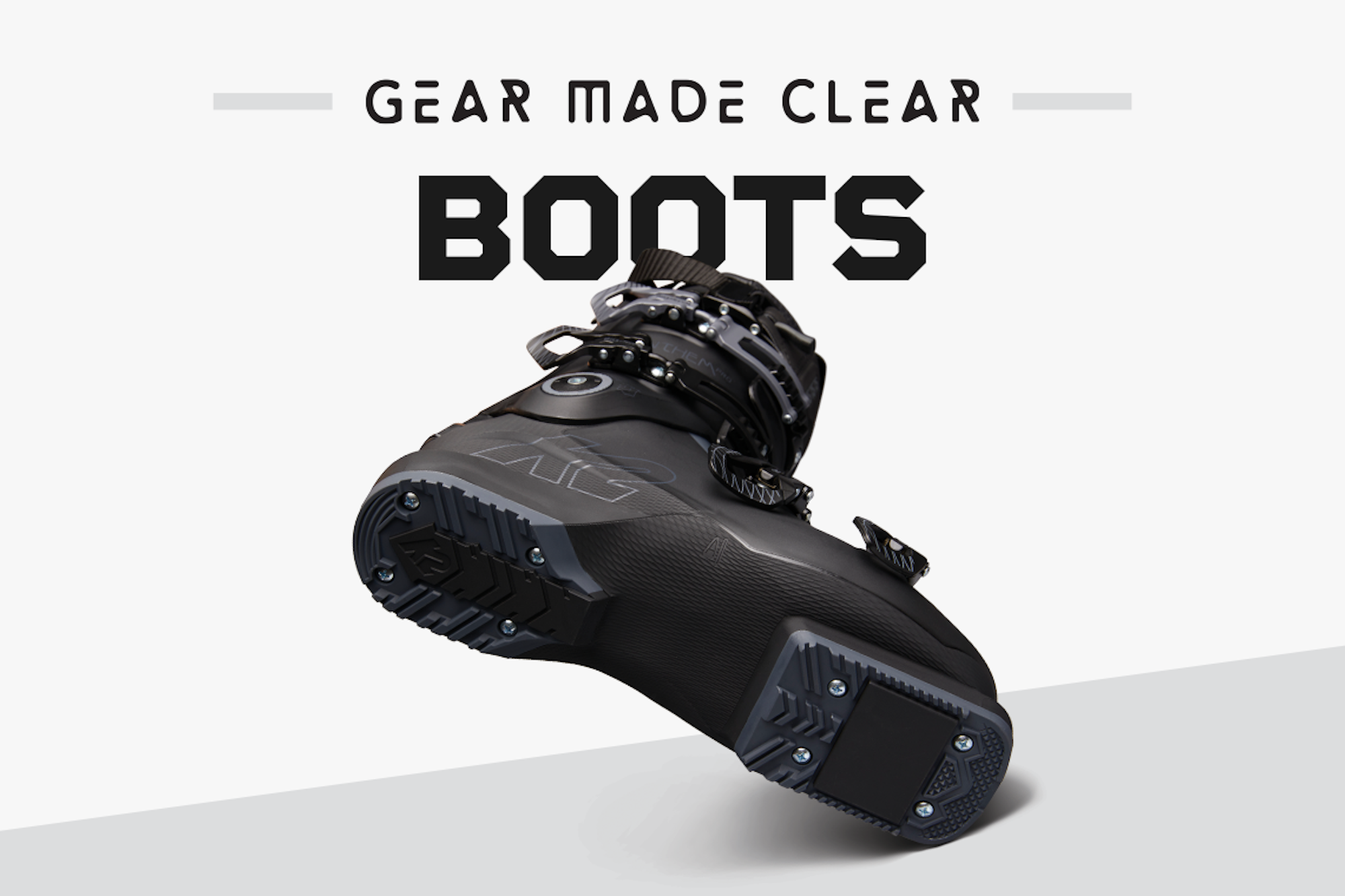
A lot of folks say there’s no greater feeling than taking off a pair of ski boots after a long day. We beg to differ. Really, there’s no better feeling than putting on your ski boots—especially when you’ve picked the perfect pair. But how do you find the right boot? Well, it starts with some education. For this edition of Gear Made Clear, we caught up with K2’s Boot Engineering Manager, Austin Peters, who’s been with the brand for close to a decade. Pay close attention because, after all, every great turn starts with the right ski boot.


Regarding flex, something folks don’t think a lot about is how important it is to pair your boot’s flex with your ski’s flex. If you’re a lighter-weight individual, you can get away with a lower flex boot and a stiffer ski. If you’re a bigger guy or gal, you’re going to need a stiff boot but also a stiff ski that works nicely with that boot. Always make sure your boot and ski are paired. I’ll also say that a 130 flex for one brand is different than another brand’s 130, just because of the different shells, liners, buckles, power straps and other factors at play. While you think you’re a 130 with one brand, you might be more of a 110 or 120 with another.
You might know what last you’re currently in, say a 100-millimeter last, then you go find a boot from another brand with a 100-millimeter last. Well, that doesn’t guarantee the same fit. This is a really tough thing for people when shopping online for boots because last is the widest point of the internal shape of the shell, and that’s only one measurement of the shell. That doesn’t tell you the width of any other part of the boot, like the heel. You can find drastically different fits from one brand to the next, so it’s critical that people try on boots before they purchase.
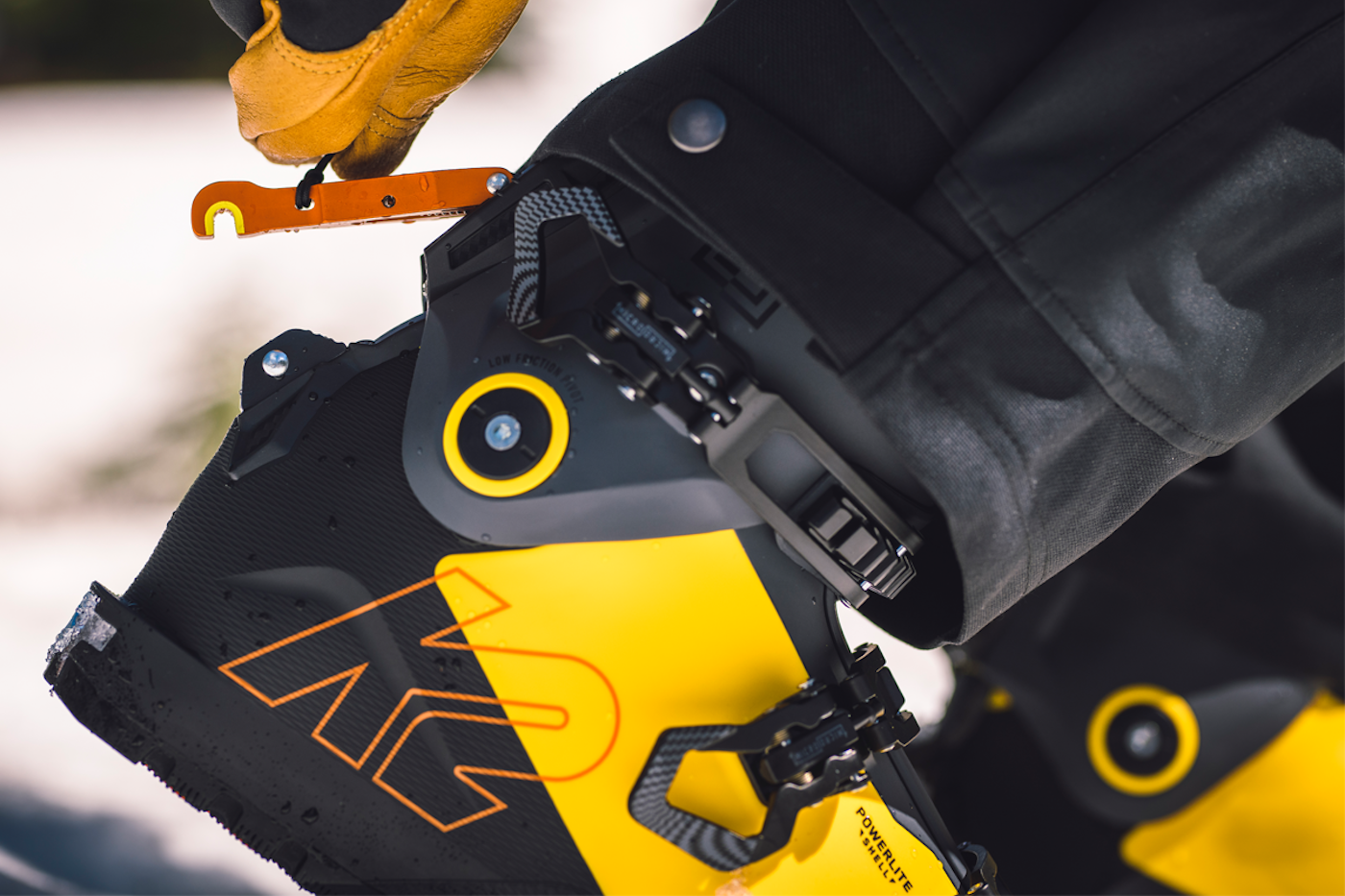
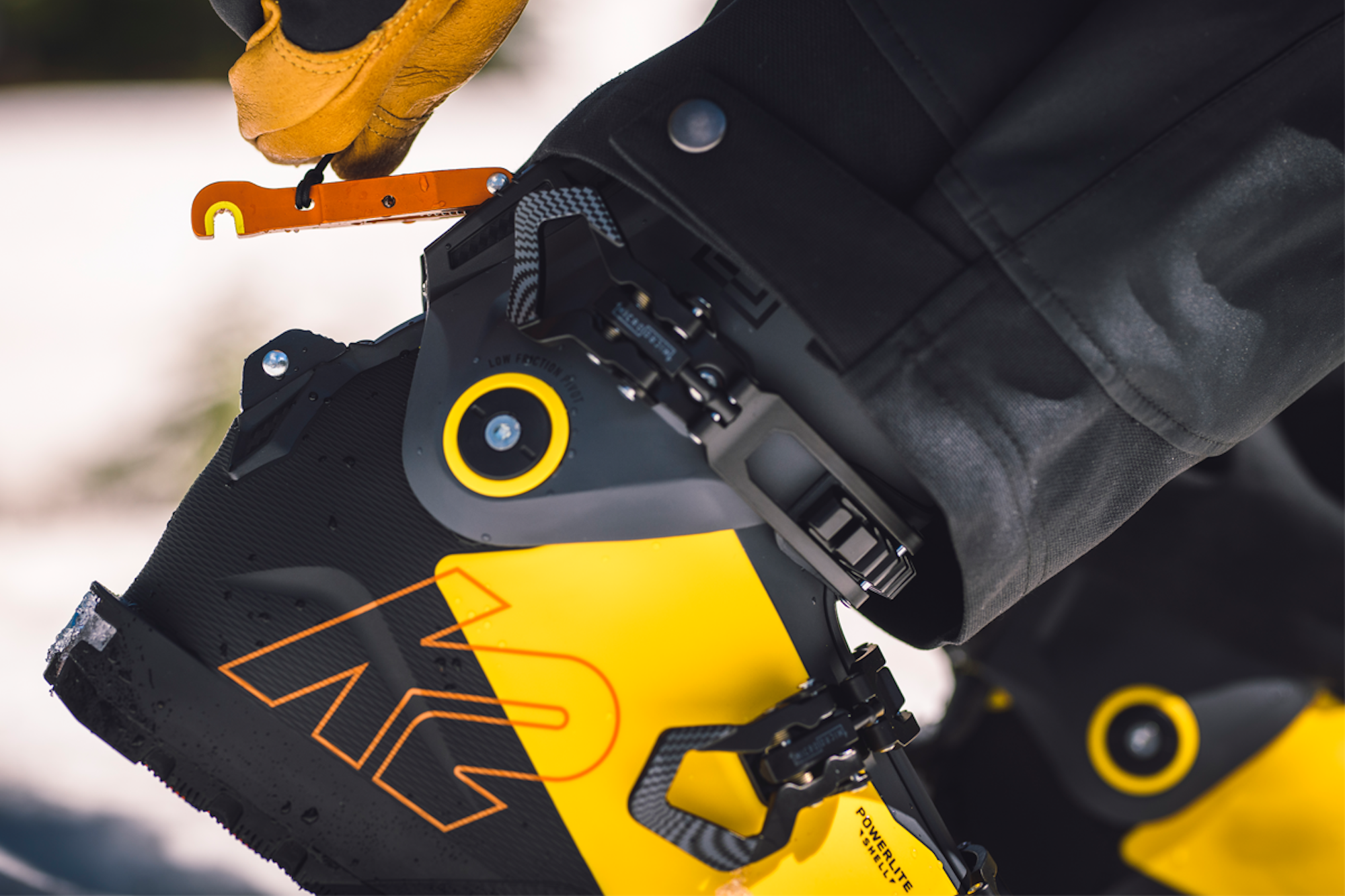
Walk Mode makes hiking (and getting to the bar) much easier.
An often-overlooked sizing aspect of ski boots is the instep height. The blood flow to your toes happens right there on the top of your foot and if you have a little too much pressure there it can be problematic. And it’s certainly not revolutionary but, just for those who don’t know this trick, unbuckle your boots when you’re on the lift or between runs to relieve pressure on the foot and get that blood flow back. It really helps.
When you make a lighter boot, that of course requires different materials in the shell and cuff than what traditional boots have used in the past. And these new materials will give you different skiing characteristics. Generally speaking, a lighter touring boot with a 130 flex will be plenty stiff but it’ll still feel a little springier than an all-mountain 130 flex boot because that material just isn’t quite as dense. It’s always a trade-off to make the boot lighter but it’s something we’re getting better at across the industry. This is really exciting because lighter boots aren’t just easier to walk and tour in, they’re also better to ski in because you’ve decreased your swing weight and you can move your boots around a lot quicker on the hill.
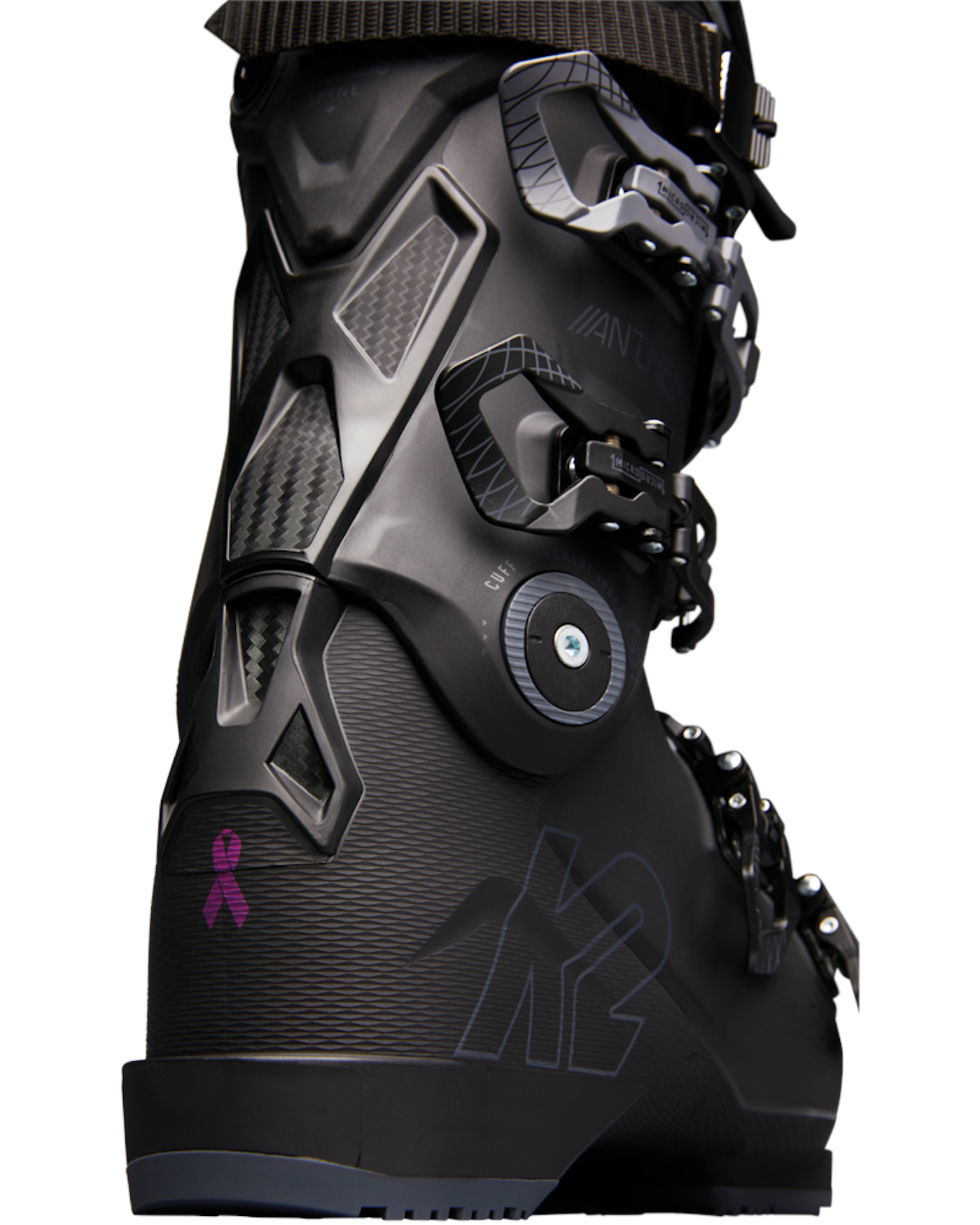
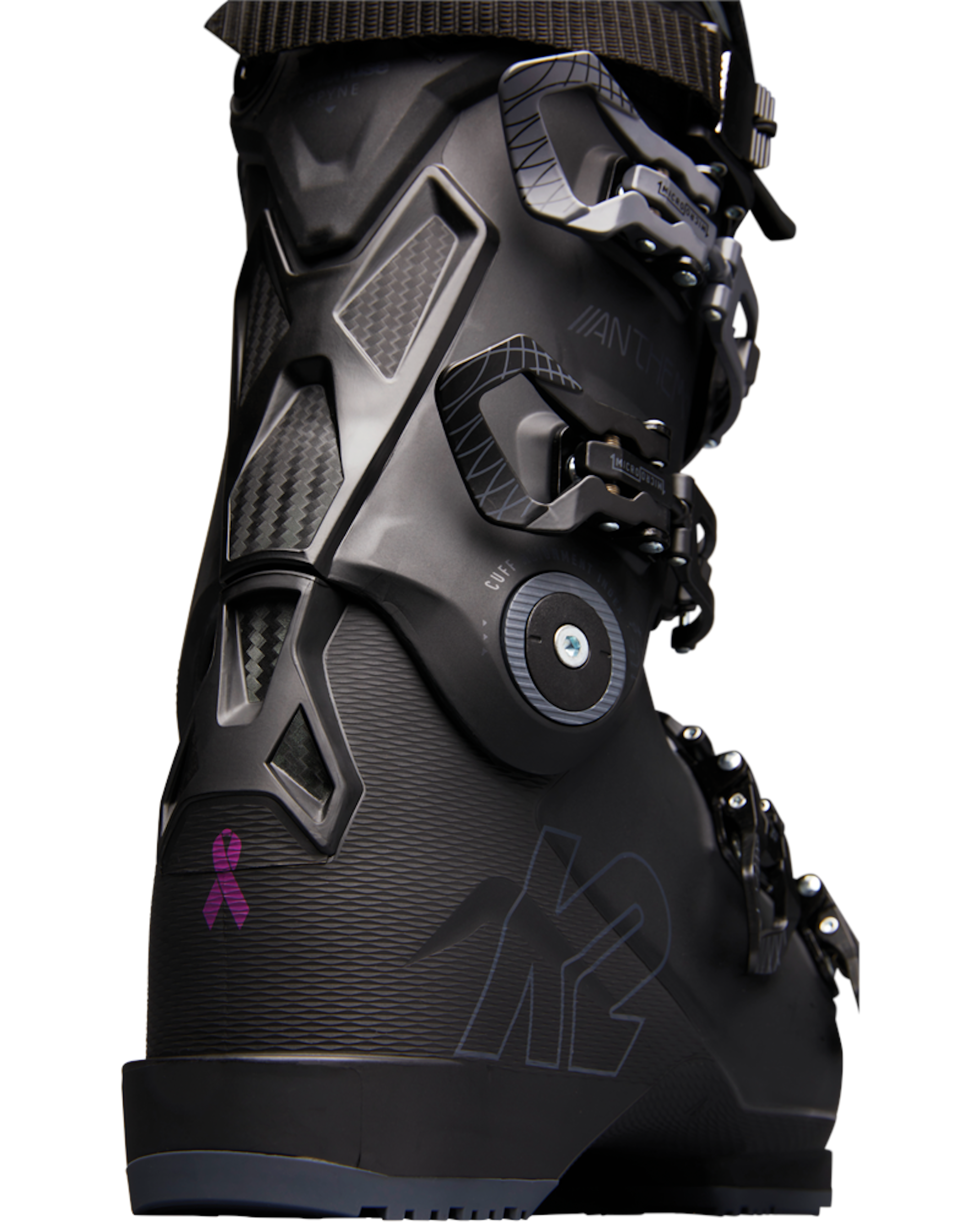
The PowerFuse Spyne on the K2 Anthem Pro increases stiffness and responsiveness.
Choosing the forward lean angle comes down to the mobility in your own foot. If you have no range of motion in your ankles, you might need to find a stiff boot with a more upright angle. The reason is, when you lean too far forward, your heel is lifting because your ankle doesn’t flex as much. Other times, people want a more forward leaning boot due to their more aggressive skiing style where they’re always just hammering the front of the boot. What a lot of brands do to help with this is put a liner wedge between the back of your liner and the cuff of the boot to push you forward.
A lot of brands are making it easier to customize your boots with custom liners, moldable shells or both. We can only do so much at the factory to create something that fits your foot, so it’s important to take advantage of the customizable aspects of these boots. Visit your local shop and get everything dialed before the season starts.
I can’t stress how important it is to check with the brand or your shop that your boot soles and bindings are 100-percent compatible. It’s a mess out there and I can’t tell you how many scary setups I’ve seen in the lift line.
I’d say the biggest mistake is going after a really stiff boot when it’s not right. When you look at the stiffest boots, they usually offer the most premium features so they’re the most appealing. I came from a ski racing background and was always in a 130 flex, but once I started trying softer boots in the 90, 100, 110 levels, I noticed there are a lot of advantages, like shock absorption and ankle mobility.
Sole Types
Boot soles have evolved greatly over the years and not every sole is compatible with every binding. It’s critically important that you ensure your boot and binding can work safely together. Rockered soles such as Walk-to-Ride and now, more commonly, GripWalk, require bindings that are certified for that shape. Additionally, touring soles require MNC (multi-norm certified) or Sole.ID bindings.
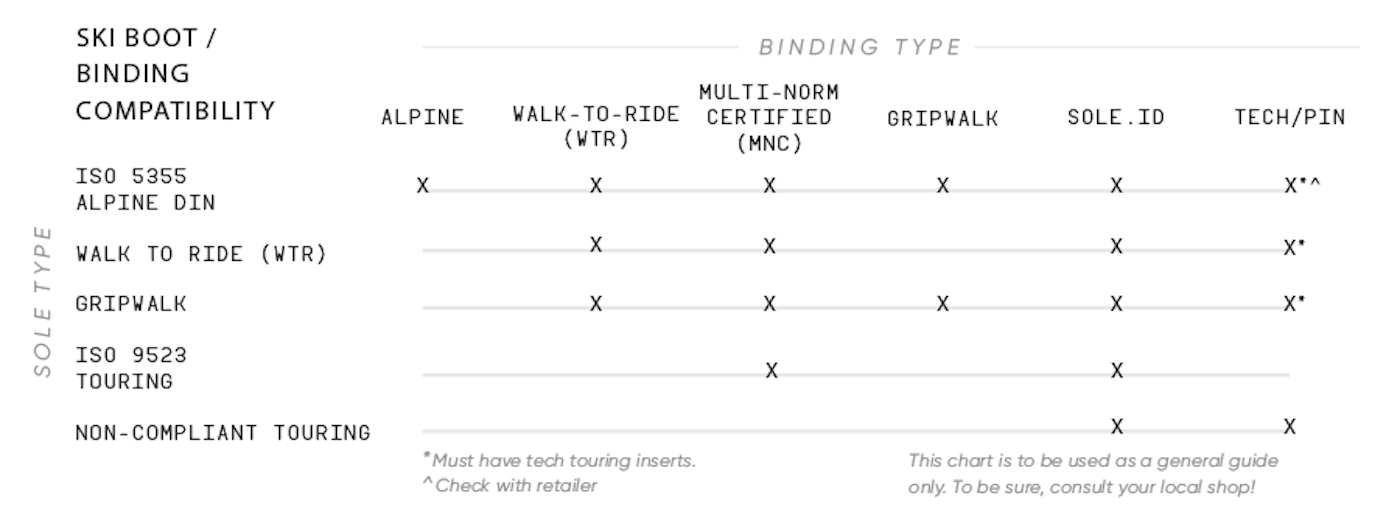
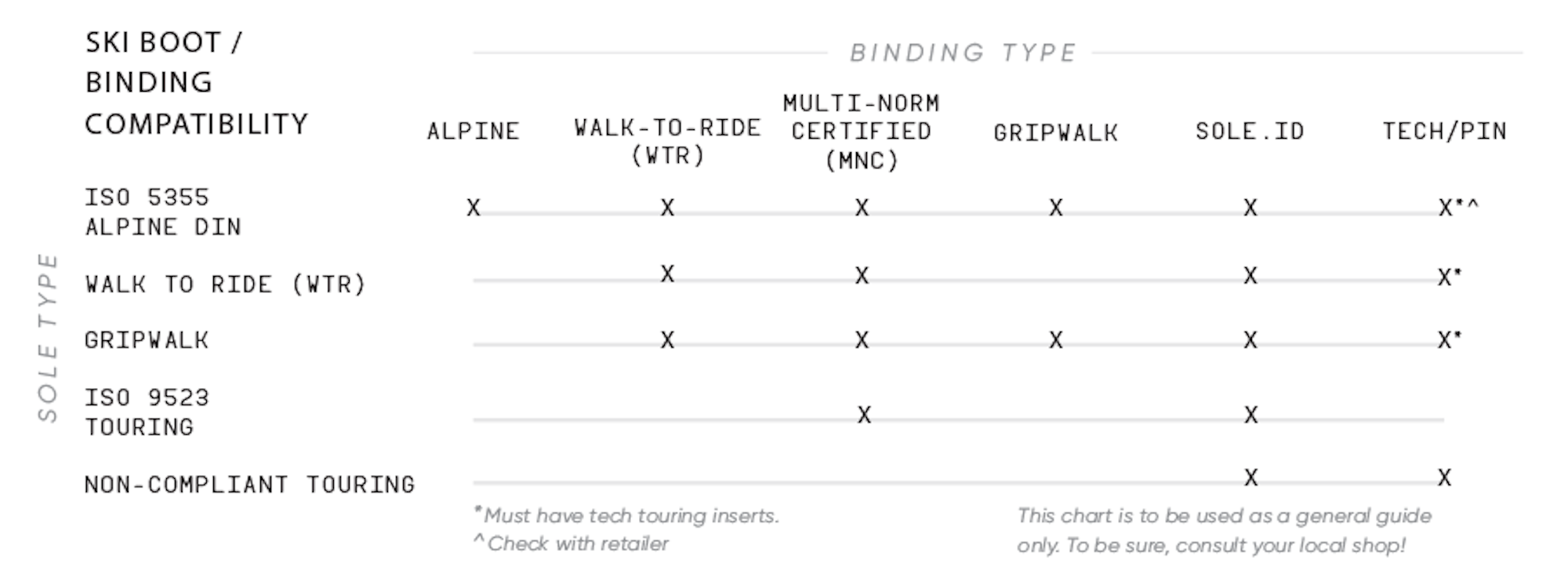
Walk Mode
Many boots today come with a walk or hike mode. For the resort skier, this can be used when walking to or from the lift and, for backcountry skiers, to tour or hike to backcountry terrain. Advancements over the years have minimized any “play” in these mechanisms but some aggressive resort skiers may prefer a solid shell for maximum performance.
Forward Lean
Forward lean is the angle of the boot, measured from your heel, to your calf where the shell ends. Boots are angled this way to anticipate the motion skiers make as they pressure the front of the boot and engage a turn. With this in mind, more aggressive skiers usually have more forward lean, while more moderate skiers have less, meaning they ski more upright.
Last
The last is the widest part of the shell which fits around your forefoot and is the most commonly-measured part of the boot. This value usually ranges between 97 millimeters and 102 millimeters and gives you a good starting point for shopping but remember, this is just one measurement in the anatomical fit.
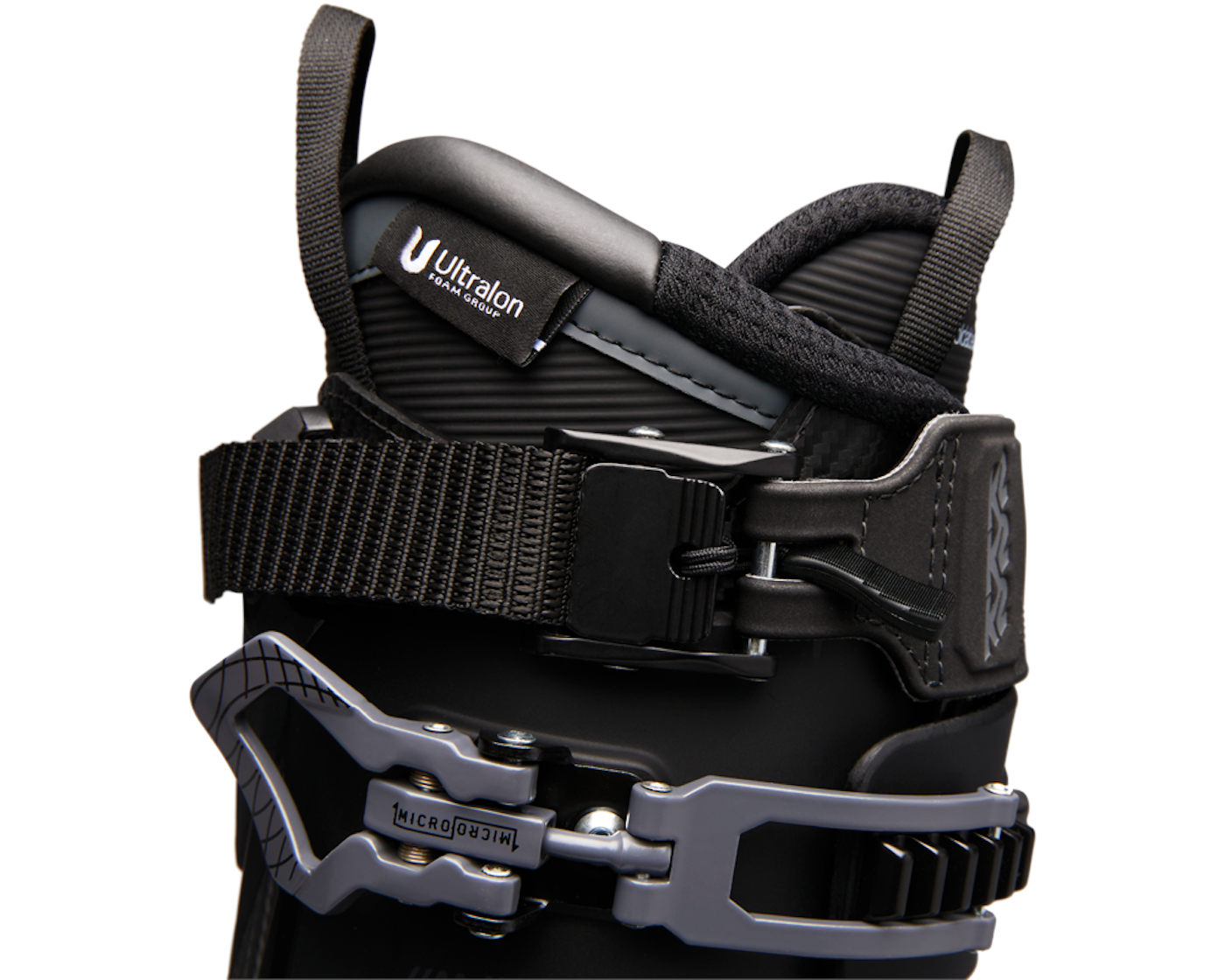
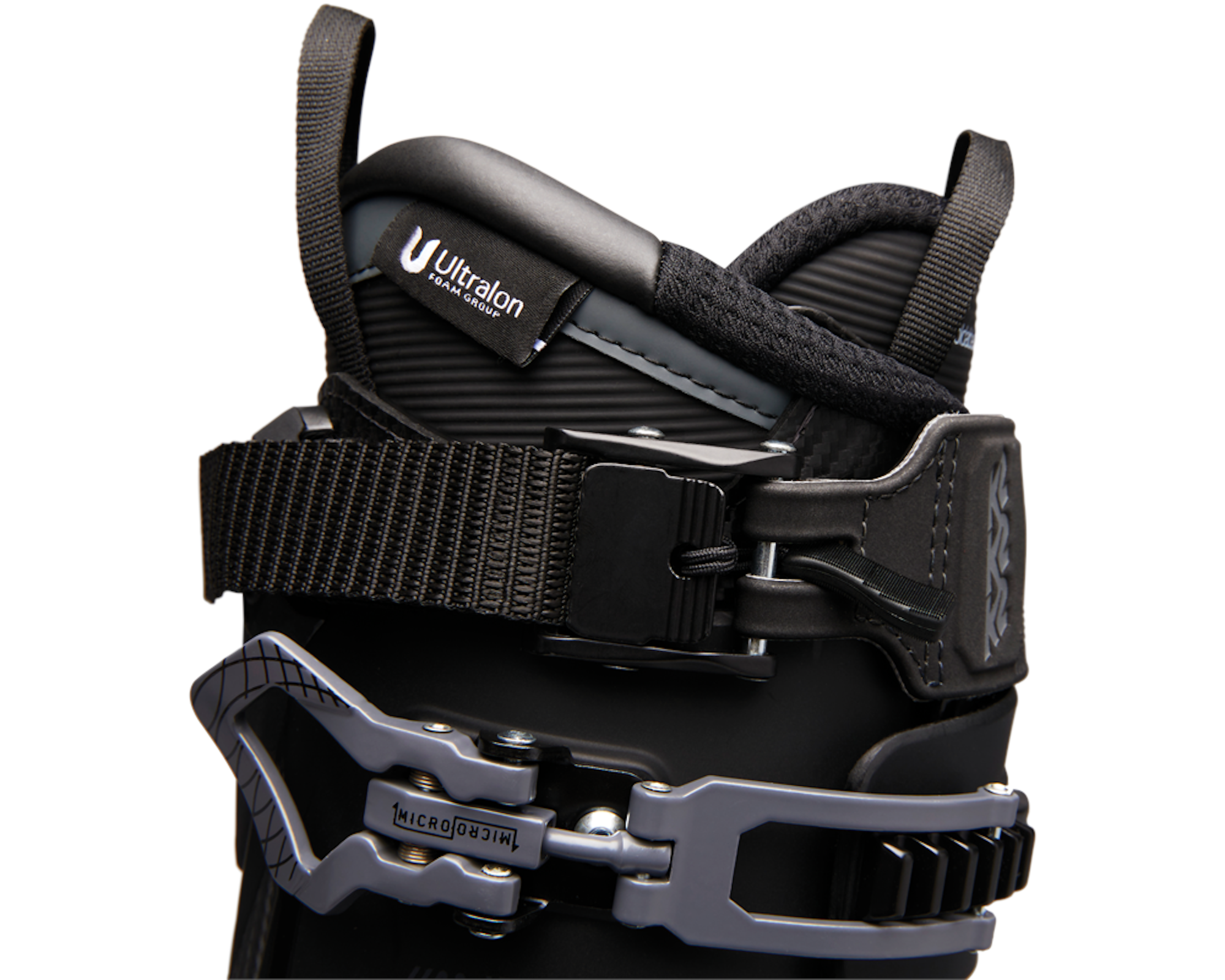
The all-new power strap on the K2 Anthem Pro releases with a simple pull.
Instep Height
Your instep is the top part of your foot, just forward of your shin. Different brands’ boots will offer varying heights in this area of the shell but measurements of the instep aren’t common as they are with the last. Try on multiple brands to see which ones fit your foot best.
Power Straps
The adjustable strap that wraps around the top of the cuff is called the power strap. This helps provide a snug fit which is essential to good performance. Power straps began as static, velcro straps but have evolved to include features such as cam buckles and elasticity to help you get that perfect fit. If the power strap on your boot of choice isn’t quite up to snuff, consider replacing it with a dynamic Booster Strap for that perfect fit and flex every time.
Flex Rating
This is the numerical value applied to boots in regard to their stiffness. Boots usually range from about 90 to 130 flex, with some occasionally going outside of that range. While they do offer a general gauge of the flex, keep in mind that there is not a standardized test across the industry and a certain numerical flex from one brand may be softer or stiffer than another.
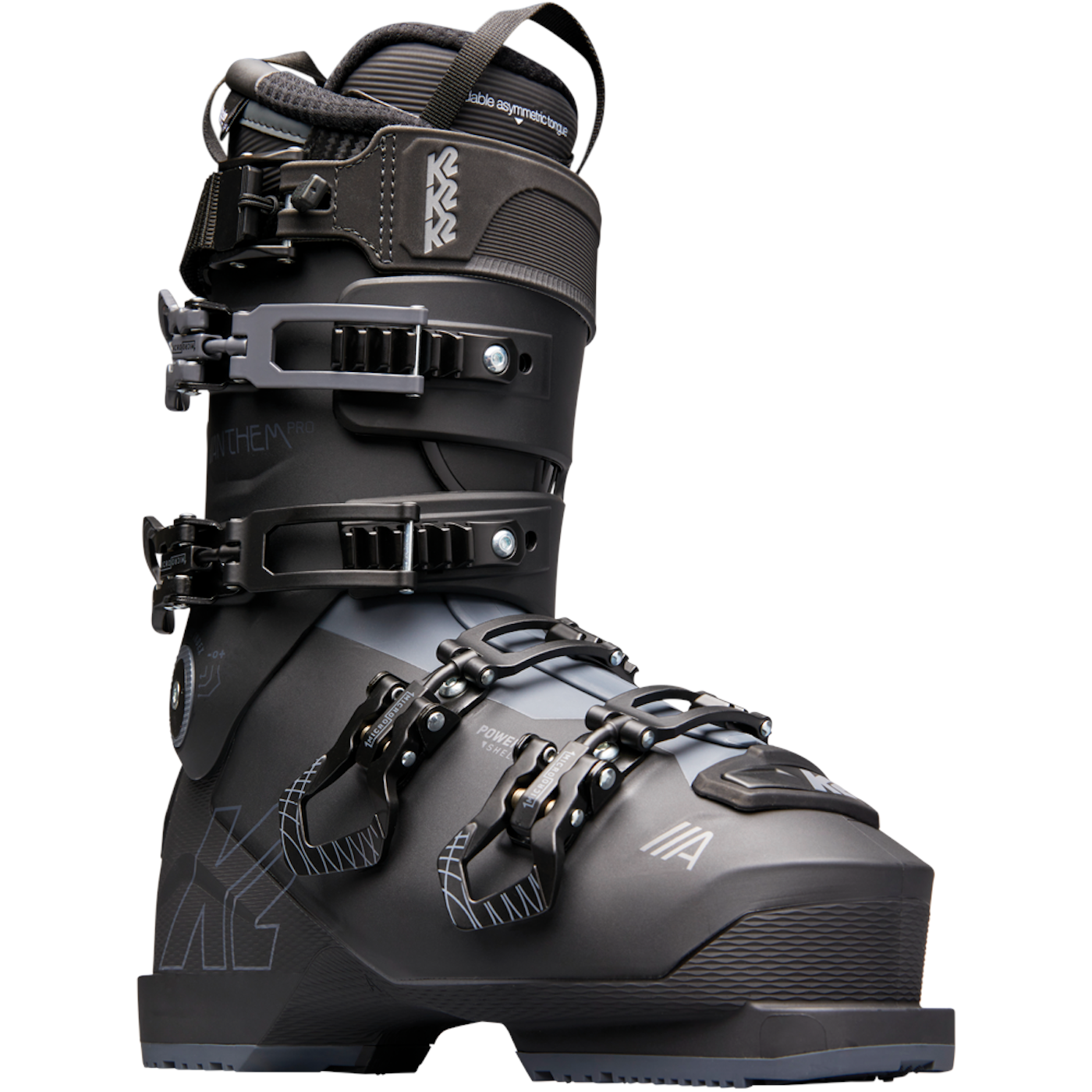
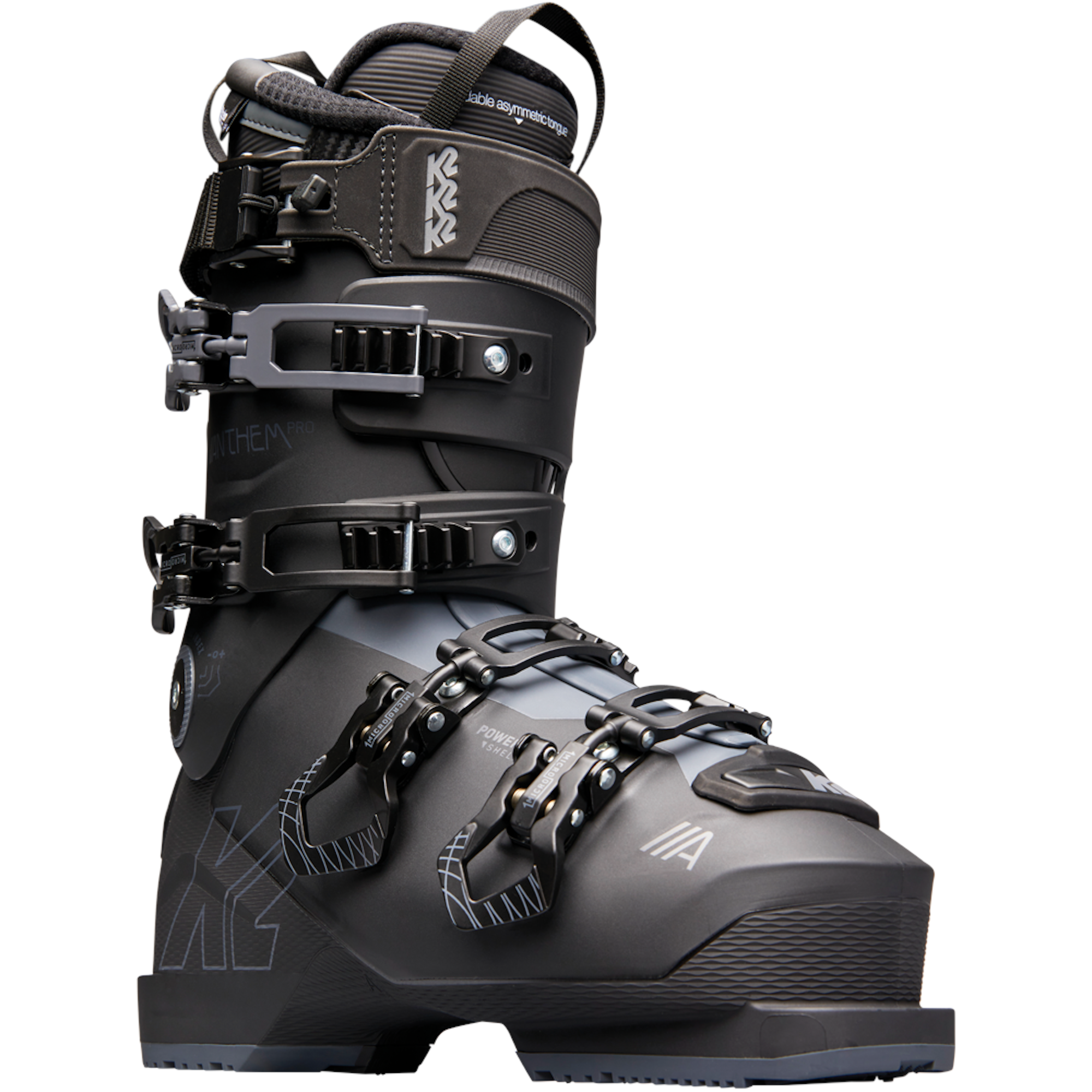
K2 Anthem Pro
The all-new Anthem Pro is a women’s-specific boot that’s tuned for aggressive resort skiers. Race-like responsiveness is derived from a combination of features, namely, a reinforced rear spine and a friction-reducing pivot on the ankle called the Energy Interlock. The PowerFit Pro liner employs dense foam around the ankle and heel and is heat-moldable, along with the 120-flex PowerLite shell, for a fully customized fit that will cradle your foot as you carve up the mountain. Inside, the boot sports a 98 millimeter last and around the cuff it boasts K2’s Ripcord power strap which enables you to cinch it down as tight as you need and then simply pull the cord when it’s time for après.

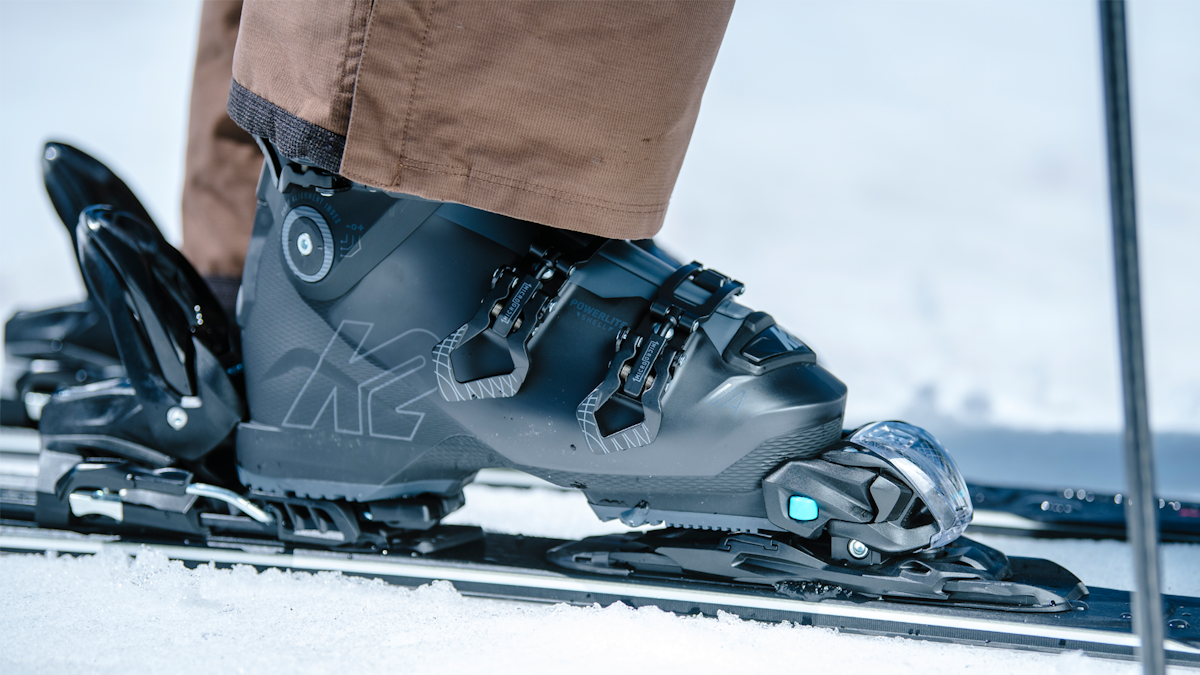

![[GIVEAWAY] Win a Head-to-Toe Ski Setup from IFSA](https://www.datocms-assets.com/163516/1765920344-ifsa.jpg?w=200&h=200&fit=crop)


![[GIVEAWAY] Win a Legendary Ski Trip with Icelantic's Road to the Rocks](https://www.datocms-assets.com/163516/1765233064-r2r26_freeskier_leaderboard1.jpg?auto=format&w=400&h=300&fit=crop&crop=faces,entropy)




![[GIVEAWAY] Win a Head-to-Toe Ski Setup from IFSA](https://www.datocms-assets.com/163516/1765920344-ifsa.jpg?auto=format&w=400&h=300&fit=crop&crop=faces,entropy)


